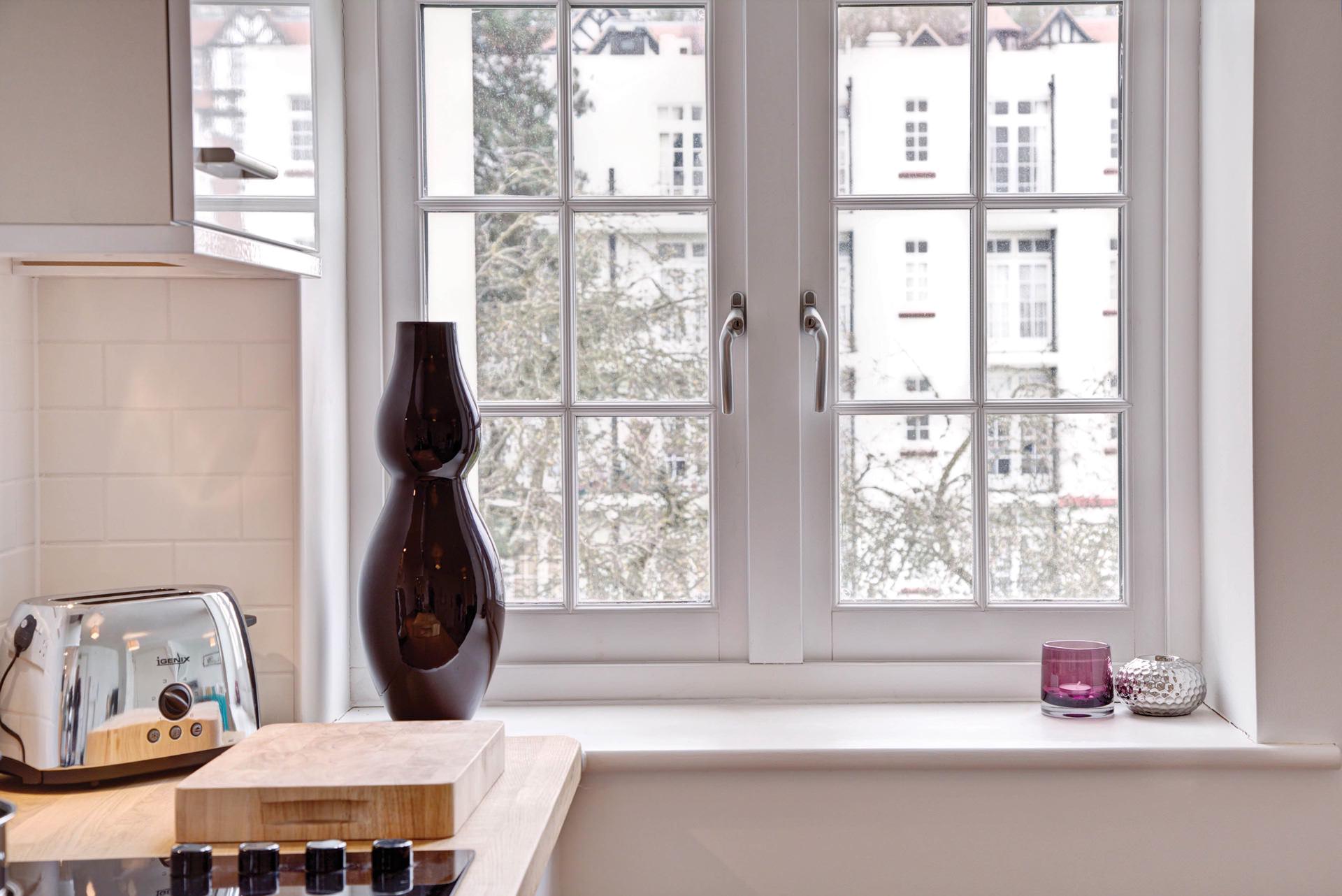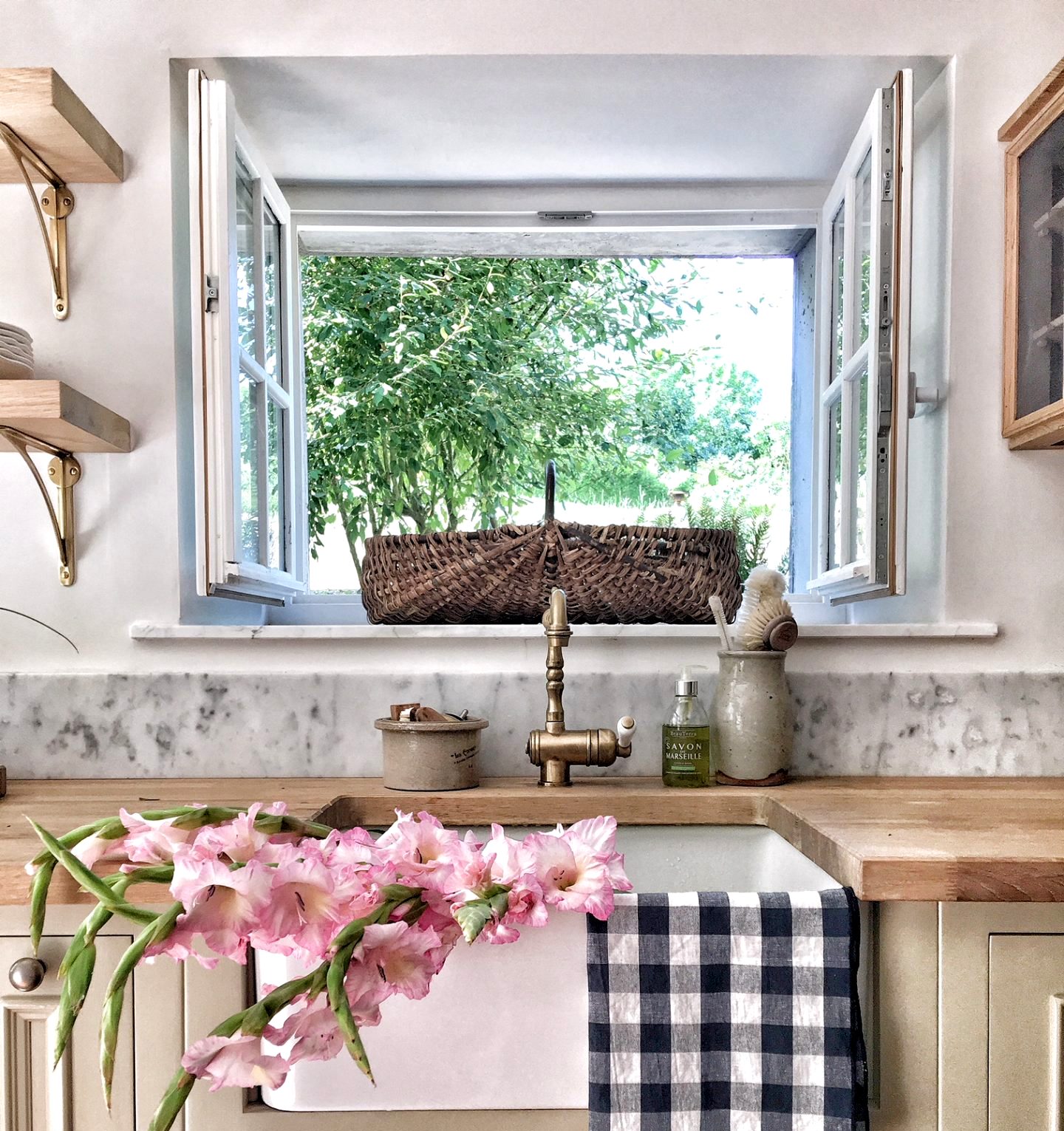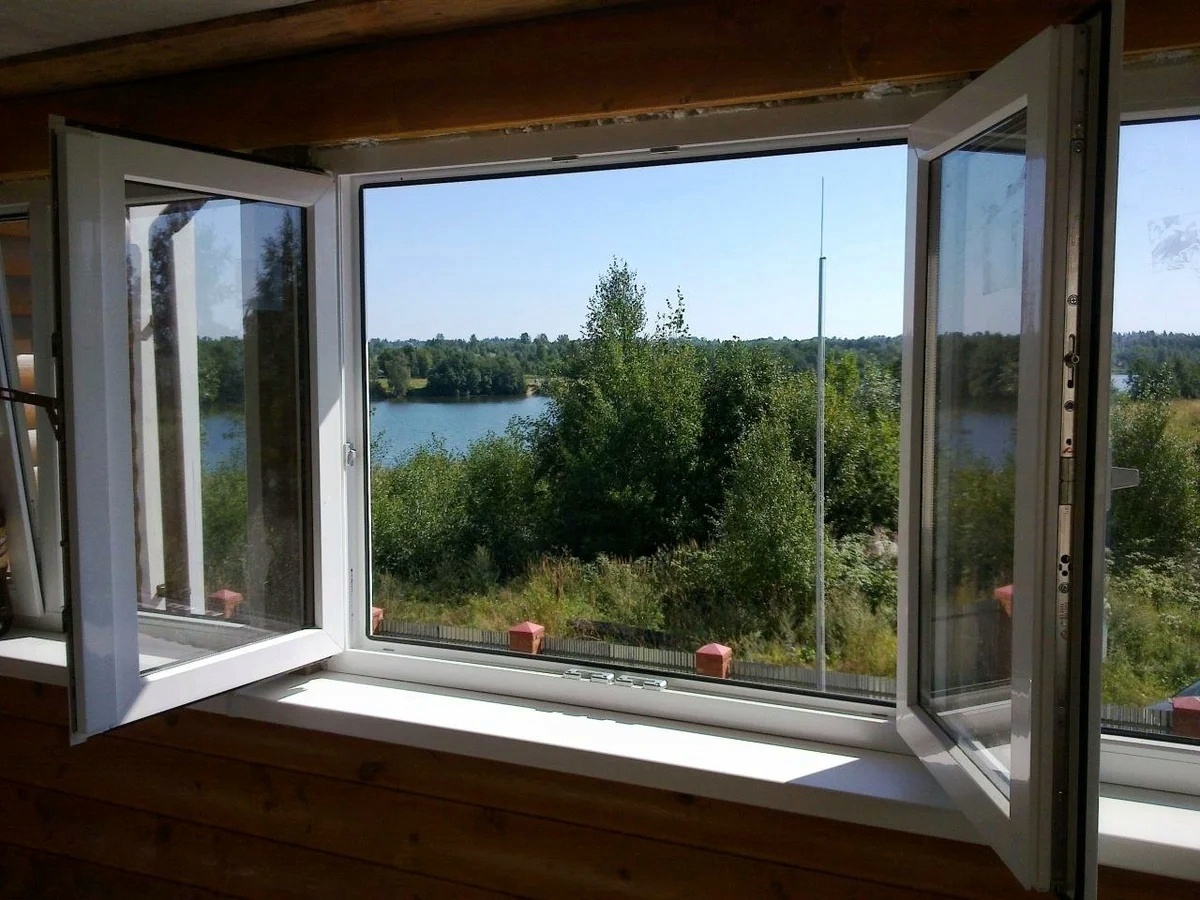Modern Benefits and Practical Considerations
Maximizing Natural Light and Ventilation
French windows flood rooms with sunlight, reducing reliance on artificial lighting and creating warm, inviting interiors. Their wide opening panels provide superior airflow compared to single-sided casement windows, enhancing indoor air quality.
Seamless Indoor-Outdoor Flow
Ideal for patios, gardens, and balconies, French windows create fluid transitions between inside and outside spaces, perfect for entertaining or relaxing.
Energy Efficiency and Materials
Modern French windows incorporate advanced technologies such as double or triple-pane glass, low-emissivity coatings, and gas fills, significantly improving insulation and lowering energy costs. Materials range from traditional wood and iron to engineered timbers (like Accoya®), aluminum, and uPVC, each offering different balances of durability, maintenance, and aesthetics.
Installation and Maintenance
Proper installation ensures airtight seals and security. Maintenance includes regular cleaning of glass surfaces and lubrication of hinges and locking mechanisms. Choosing low-maintenance finishes can extend the lifespan and appearance of your windows.
<h4class="mb-2 mt-6 text-base font-[500] first:mt-0 md:text-lg dark:font-[475] [hr+&]:mt-4" style="text-align: left;">Space and Design Flexibility
While traditional hinged French windows require clearance to open, sliding variants or custom sizes can accommodate smaller spaces. Their classic proportions suit a wide range of architectural styles, from historic to contemporary.
Enhancing Property Value and Style
French windows are widely appreciated by homeowners and buyers alike for their timeless appeal and functional advantages. They elevate the look of any property, making them a smart investment that combines heritage aesthetics with modern performance.
Conclusion
French windows embody a perfect harmony of history, design, and modern innovation. Whether you seek to brighten a room, improve ventilation, or create elegant access to outdoor spaces, they offer a versatile and enduring solution. By choosing true French windows with quality materials and professional installation, you ensure beauty, functionality, and value for years to come.
If you are considering French windows for your home, consult with experienced manufacturers and installers to find the best fit for your architectural style and lifestyle needs.
This article merges historical accuracy, architectural detail, and practical guidance, providing a comprehensive resource for anyone interested in French windows.



